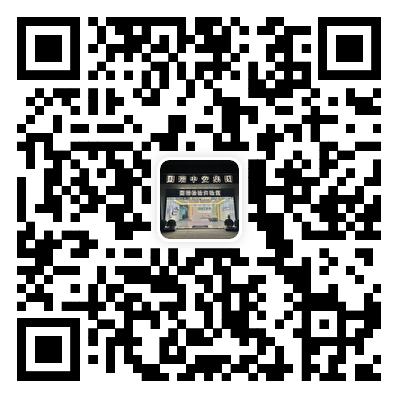The registration of medical devices in China does indeed involve a safety assessment as part of the process overseen by the National Medical Products Administration (NMPA). This safety assessment is critical for ensuring that medical devices are safe and effective for their intended use before they are granted regulatory approval.
Here’s a detailed overview of the safety review strategy and implementation guidelines for medical devices after NMPA certification in China:
Safety Assessment During Registration
**1. Pre-Market Safety Assessment:
a. Risk Management:
- ISO 14971 Compliance: Medical devices must comply with ISO 14971, which involves identifying potential hazards, assessing risks, and implementing risk control measures to ensure safety.
- Risk Analysis Documentation: Manufacturers are required to provide detailed documentation of the risk management process, including risk analysis, risk control measures, and residual risk evaluation.
b. Clinical Evaluation:
- Clinical Data Requirements: The device must be supported by clinical data demonstrating its safety and efficacy. This can include clinical trials, case studies, or literature reviews.
- Clinical Evaluation Report: A comprehensive report summarizing clinical evidence supporting the device’s safety and effectiveness must be submitted.
c. Electrical and Mechanical Safety:
- IEC Standards Compliance: For devices involving electrical components, compliance with IEC 60601 standards (e.g., IEC 60601-1 for general safety, IEC 60601-1-2 for electromagnetic compatibility) is required.
- Mechanical Safety Testing: Devices with mechanical components must undergo safety testing to ensure they do not pose physical risks to users.
d. Biocompatibility Testing:
- ISO 10993 Compliance: Devices that come into contact with the body must meet ISO 10993 standards, which assess the biological safety of materials.
e. Manufacturing Quality Assurance:
- Good Manufacturing Practice (GMP): Compliance with GMP standards is necessary to ensure that the device is consistently manufactured to meet safety and quality specifications.
Post-Market Safety Review and Implementation Guidelines
**1. Post-Market Surveillance:
a. Vigilance Reporting:
- Adverse Event Reporting: Manufacturers must report any adverse events or safety issues to the NMPA. This includes serious incidents, near misses, and any other safety concerns that arise after the device is on the market.
- Corrective Actions: Manufacturers are required to implement corrective and preventive actions to address identified safety issues.
b. Post-Market Monitoring:
- Performance Tracking: Continuous monitoring of the device’s performance in the market is essential to identify and address any emerging safety concerns.
- Periodic Safety Reviews: Regular reviews of safety data and performance metrics help ensure ongoing compliance with safety standards.
**2. Regulatory Compliance:
a. Updates and Amendments:
- Regulatory Changes: Manufacturers must stay informed about changes in regulatory requirements and ensure their devices continue to comply with updated standards.
- Labeling and Instructions: Labels and instructions for use must be updated as needed to reflect new safety information or changes in regulatory requirements.
b. Quality Management System (QMS) Maintenance:
- Ongoing QMS Compliance: Maintaining an effective QMS is crucial for ensuring that the device remains compliant with safety and quality standards. This includes regular audits and updates to the QMS.
**3. Technical Documentation Updates:
a. Post-Market Data Collection:
- Ongoing Data Collection: Manufacturers should continuously collect and analyze data from the market to assess the device’s safety and performance.
- Documentation Updates: Technical documentation, including the risk management file and clinical evaluation report, should be updated based on new safety information and market experience.
b. Feedback Loop:
- User Feedback: Collecting and analyzing feedback from users and healthcare professionals can provide valuable insights into the device’s safety and effectiveness.
- Implementation of Improvements: Based on feedback and safety data, manufacturers may need to make improvements or modifications to the device.
**4. Safety Communication:
a. Safety Notices:
- Issuing Alerts: Manufacturers may need to issue safety alerts or recalls if significant safety issues are identified.
- Communication with Stakeholders: Effective communication with healthcare professionals, users, and regulatory authorities is essential for managing safety issues and ensuring timely resolution.
b. Training and Education:
- Training Programs: Providing training and education to users and healthcare professionals about the safe use of the device can help mitigate risks and enhance safety.
Conclusion
The safety assessment of medical devices in China involves rigorous evaluation during the registration process, including compliance with international standards, clinical evaluations, and risk management. After NMPA certification, ongoing safety review strategies are implemented through post-market surveillance, vigilance reporting, and compliance with regulatory requirements. Effective post-market monitoring, timely updates to technical documentation, and proactive safety communication are crucial for ensuring the continued safety and effectiveness of medical devices in the Chinese market.
.jpg)
.png)

